Introduction

We have already seen some affordable compact ultra wide angle lenses from the Chinese manufacturers, but so far none of them came with autofocus. Thanks to Viltrox this is about to change, so let’s have a look together at this Viltrox AF 14mm 4.0 FE.
Sample Images







Most of the sample images in this review can be found in full resolution here.
Contents
Specifications
This Viltrox AF 14mm 4.0 FE has the following specifications:
-
- Diameter: 65 mm
- Field of view: 112° (diagonally)
- Length: 56 mm
- Weight: 166g (without hood[12g] and caps)
- Filter Diameter: 58 mm
- Number of Aperture Blades: 7 (slightly rounded)
- Elements/Groups: 12/9
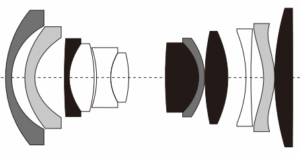

- Close Focusing Distance: 0.13 m
- Maximum Magnification: 1:4.9 (measured)
- Mount: Sony E
buy from manufacturer’s shop (comes with a 5% discount) | B&H | ebay.com | ebay.de (affiliate links) for $199
Disclosure
The Viltrox AF 14mm 4.0 FE was kindly provided free of charge by Viltrox for reviewing purpose for a few weeks.
Handling / Build Quality
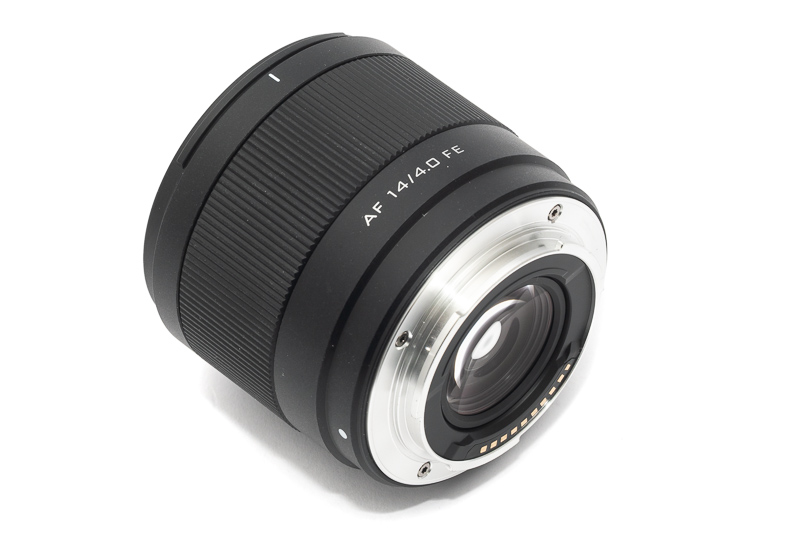
As this Viltrox lens lacks any kind of controls except for the focus ring, this will be a short section.
The complete out casing seems to be made from plastic, except for the bayonet, which is made from metal. The focus ring has decent resistance and the coupling is linear, it takes almost a rotation of 270° from the minimum focus distance to infinity.
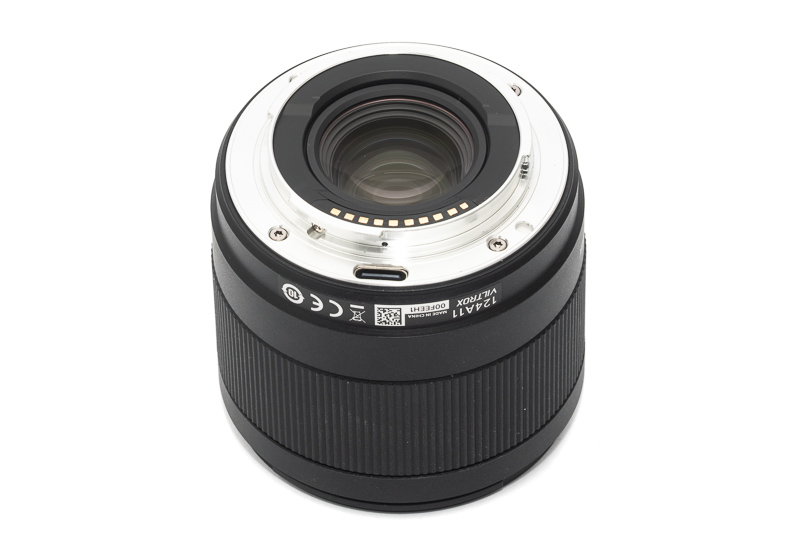
As is typical for Viltrox’ AF lenses also this one features an USB-C socket for potential firmware updates.
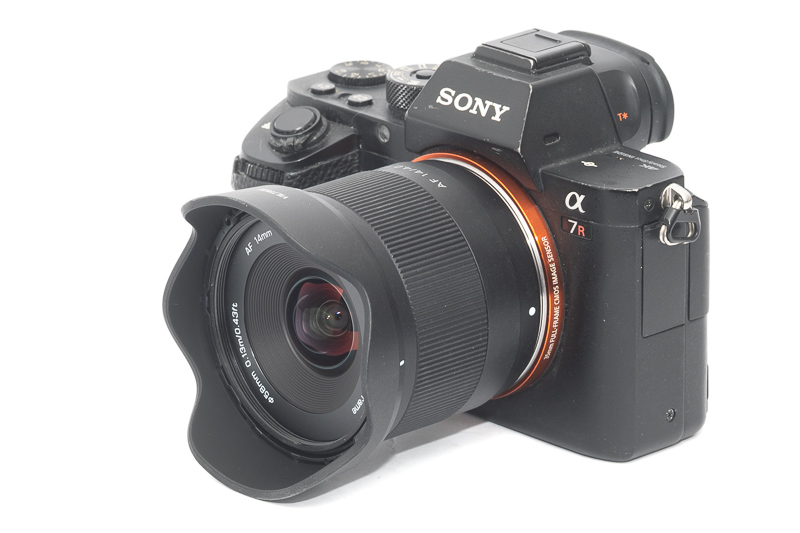
A small one piece plastic lens hood of the bayonet type is also included in the package.

I tried using this lens with the megadap ETZ21pro adapter on a Nikon Zf and that also worked well. As this lens is natively available for Z-mount there is not a lot of reason for that combination though.
AF performance
I am not shooting sports or fast moving animals/humans so if you want to know if the lens is fast enough for this, or how it compares to other lenses in this segment, you may have to look for a different review with a more detailed assessment of this aspect.
Generally the AF worked well, was reasonably fast and snappy and also completely silent.
Vignetting
Light Falloff

| f/4.0 | 3.0 |
| f/5.6 - f/16 | 2.7 |
For a compact ultra wide angle lens these vignetting figures are typical but nevertheless still high. As is often the case stopping down also doesn’t change much about it.
The Laowa 15mm 5.0 Cookie – a lens with similar specifications but even smaller – shows similar vignetting figures.

It is recommended to have a look at this article first to get an idea how this brightness graph works.
Color Cast
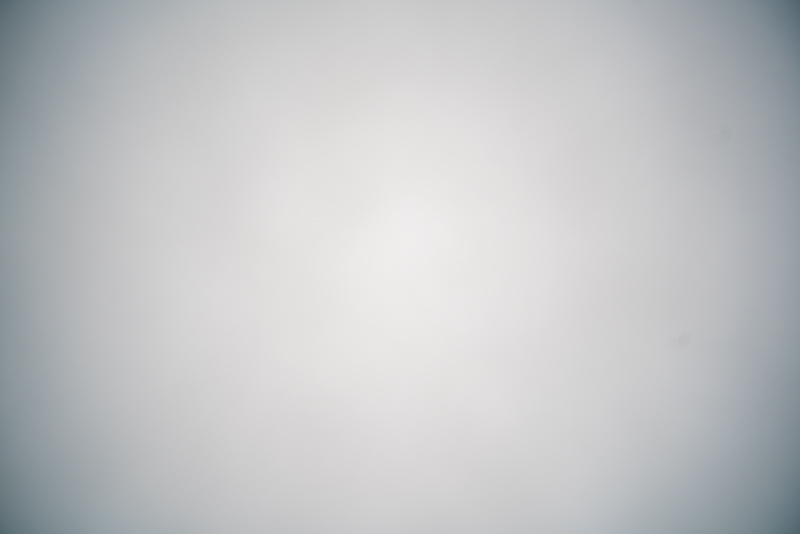
Lenses this wide often show a greenish color cast on modern BSI sensors. This is true for many of the DSLR as well as mirrorless designs. The worst contender here so far was the Samyang 10mm 3.5 XP, (DSLR design) but also the Laowa 9mm 5.6, Laowa 12mm 2.8 (DSLR design) and Voigtländer 10mm 5.6 show such a color cast. The Laowa 10mm 2.8 AF was one of the better performers.
Just like the Laowa 15mm 5.0 Cookie also this Viltrox AF 14mm 4.0 FE shows a bit of this color cast. In scenes with an overcast sky you may be able to spot it, but in most scenes it will not be noticeable.
Sharpness
infinity (42mp Sony A7rII)
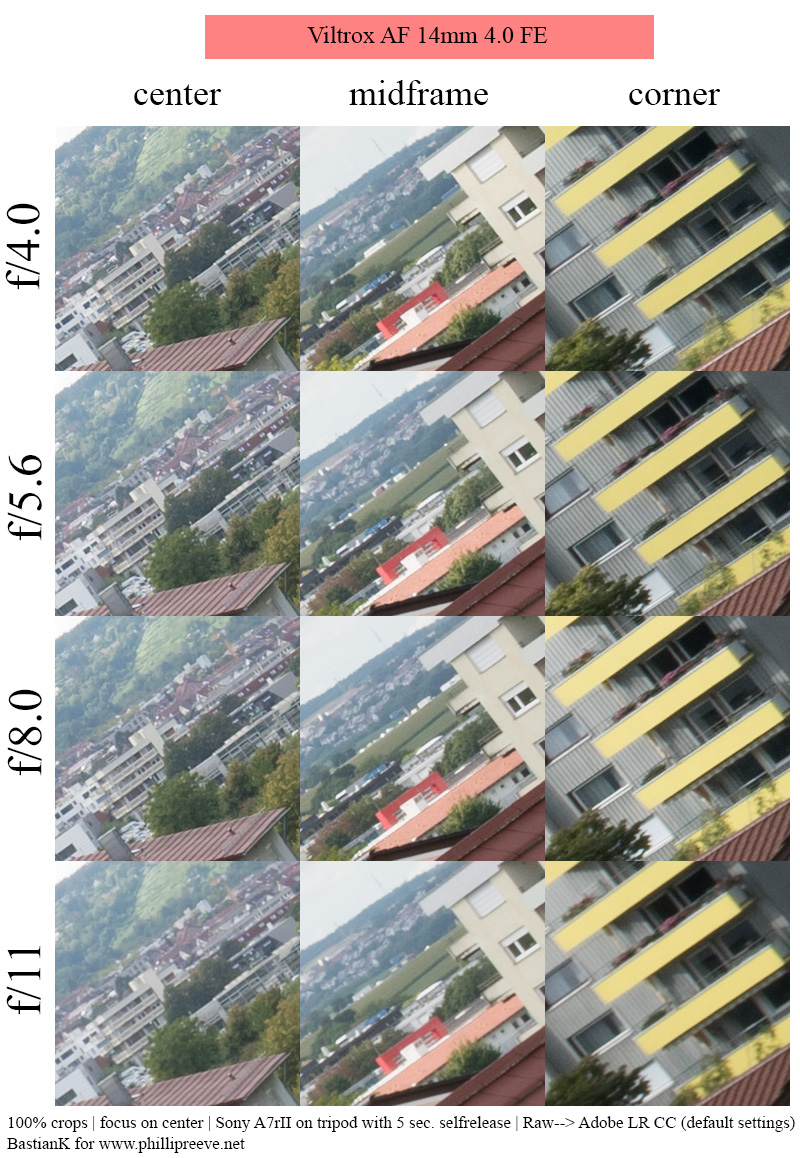

Now this was a positive surprise: the Viltrox AF 14mm 4.0 FE shows a good performance in this category and does so from f/4.0. Because of the diffraction associated with the strong vignetting in the corners this lens actually shows peak performance at f/4.0 to f/5.6.
The Laowa 14mm 4.0 and 15mm 5.0 Cookie looked a bit worse here, showing a slight midzone dip. Also the NiSi 15mm 4.0 looked a little worse despite being a lot bigger.
close (0.13m, 1:4.9)
This Viltrox is a very close focusing ultra wide angle lens so we could forgive a little subpar performance at wider apertures, but also at its minimum focus distance it looks pretty good. For a flat field and good across frame sharpness at closer distances it better be stopped down to f/8.0 to f/11 though – not that I am aware of many applications where you would need that.
Flare resistance
I have definitely seen some affordable ultra wide angle lenses struggle in this category which is always unfortunate, as with such wide viewing angles there is also a high likelihood to catch the sun or another strong point light source in the frame.
Sony A7III | Viltrox AF 14mm 4.0 FE | f/4.0
Now this is a positive surprise. Only with the sun placed towards the corner of the frame we can see some small artefacts while otherwise it performs really well and also contrast hardly takes a hit.
Sony A7III | Viltrox AF 14mm 4.0 FE | f/11
Stopped down we can see some small ghosts depending on the position of the light source in the frame, but this is still a good performance.
The Laowa 15mm 5.0 Cookie clearly performed worse as did the 7Artisans 15mm 4.0. The NiSi 15mm 4.0 was one of the better affordable ultra wide angle lenses in this category and showed a similar performance.
Coma
Sony A7rII | Viltrox AF 14mm 4.0 FE | 100% crops from extreme corner
The Coma correction looks very solid to me, already starting from f/4.0. Because of its slow maximum aperture this is probably not a lens you would want to use for astrophotography, but it is always good news that you don’t have to stop down a lens for clean corners.
Distortion

This Viltrox AF 14mm 4.0 FE shows a bit of a wavy distortion pattern. Most Viltrox lenses are already listed in Lightroom, I hope this one will follow soon to properly correct this.
Bokeh
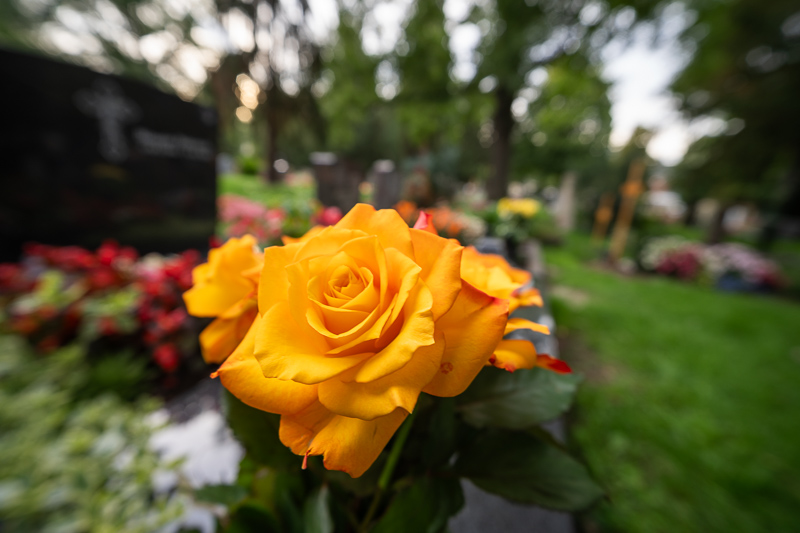
Now obviously this is not a lens you should buy if you are into shallow depth of field photography. Nevertheless, in close focus scenarios you can actually create some bokeh. It is more of the nervous type though.
Sunstars
Sony A7rII| I Viltrox AF 14mm 4.0 FE | 50% crops from center
Already at f/4.0 the aperture blades are slightly closed so already here we see a bit of sunstars. For them to be well defined stopping down to f/11 to f/16 is needed though.
In the flare section we have also seen that with a big point light source like the sun we don’t see very well defined sunstars. If this is important to you maybe have a look at the Laowa 15mm 5.0 Cookie, the Voigtländer 15mm 4.5 E or the NiSi 15mm 4.0.
If you want to learn more about sunstars have a look at this article.
Chromatic Aberrations
lateral
Often ultra wide angle lenses have some issues with lateral CA, that is not the case here: I don’t see any.
longitudinal
As this is a very wide and rather slow lens bokeh fringing is nothing to worry about.

When it comes to purple fringing there is also none to be found, already at the maximum aperture.
Conclusion
good
|
average
|
not good
|
We review some rare, exotic and sometimes expensive lenses here that obviously not everyone can afford. What I find really exciting are compact lenses with little to no drawbacks that almost everyone can afford though and this Viltrox AF 14mm 4.0 FE is one of those.
There are only minor drawbacks one should be aware of: high vignetting (similar to the competitors though), a little color cast in the corners (again similar to many competitors) and not that well defined sunstars. I also hope a correction profile for the slightly wavy distortion will be released soon.
In many of the categories it shows a flawless performance though: even on high resolution sensors it shows a very good performance at infinity and does so from f/4.0. Also in the flare resistance category – where many lenses struggle – it performs well. Coma and CA are hardly existing. And the best part: this lens weighs less than 200g and only costs 200 bucks while offering completely silent autofocus.
If you are looking for a compact ultra wide lens – maybe to complement your standard zoom – this is a really great option.
buy from manufacturer’s shop (comes with a 5% discount) | B&H | ebay.com | ebay.de (affiliate links) for $199
Alternatives
You can find many of the modern ultra wide angle zoom as well as prime lenses discussed in our Guide to Ultra Wide Angle Lenses for the A7 Series. There are a few lenses worth mentioning in more detail though:
Laowa 15mm 5.0 Cookie:
The Laowa 15mm 5.0 Cookie is a little slower and a little less wide but still the closest competitor. It is even smaller and was one of Laowa’s first lenses to feature electronic contacts but no autofocus. This Viltrox lens is a bit stronger optically, unless you are after well defined sunstars – or as small size as possible.
buy from manufacturer’s shop | B&H | ebay.com | amazon.com for $399 (affiliate links)
Voigtländer 15mm 4.5 E:
The Voigtländer 15mm 4.5 E was one of the first third party ultra wide angle lenses for the Sony E-mount. There were options with sample variation, it has super high vignetting and creates beautiful sunstars. These days – especially for less than half the price – this Viltrox 14mm 4.0 looks like a better deal.
buy from amazon.com | amazon.de | B&H | ebay.com | ebay.de (affiliate links) for $549
NiSi 15mm 4.0 Asph:
This NiSi 15mm 4.0 Asph is a solid performer and was one of the cheapest ultra wide options when it was released. As it is much bigger and heavier, more expensive and features neither autofocus nor electronic contacts it looks a bit outdated next to this Viltrox 14mm 4.0. Like the two aforementioned lenses it also creates very appealing sunstars though.
buy from B&H | ebay.com | amazon.com | amazon.de for $479/479€ (affiliate links)
Sample Images



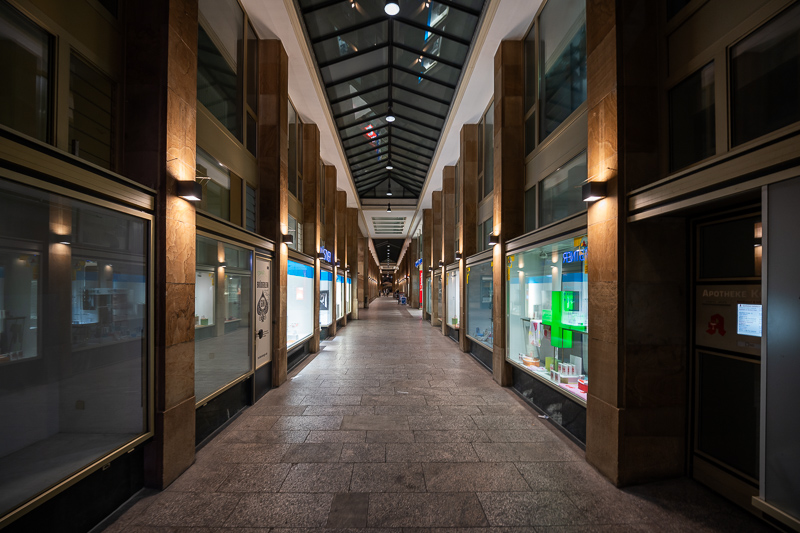
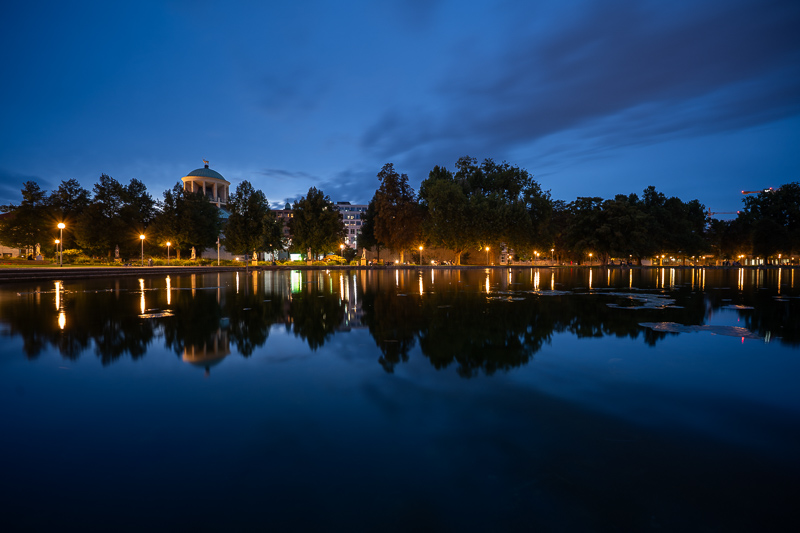
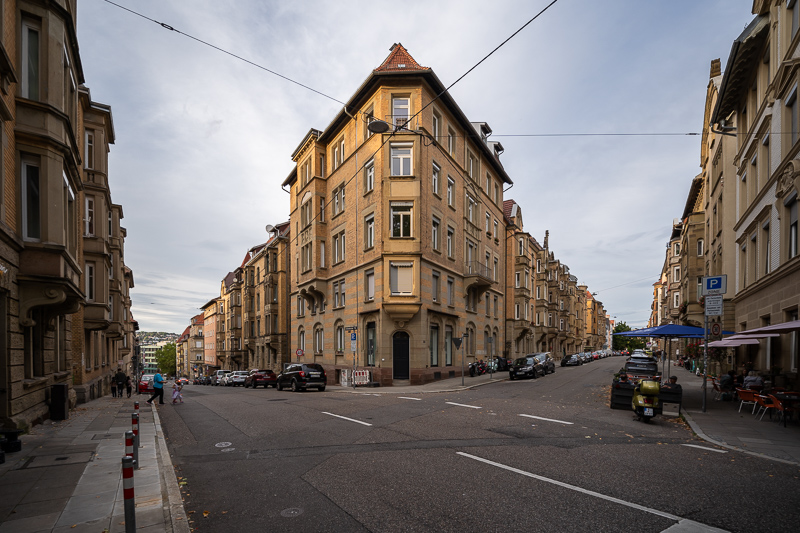

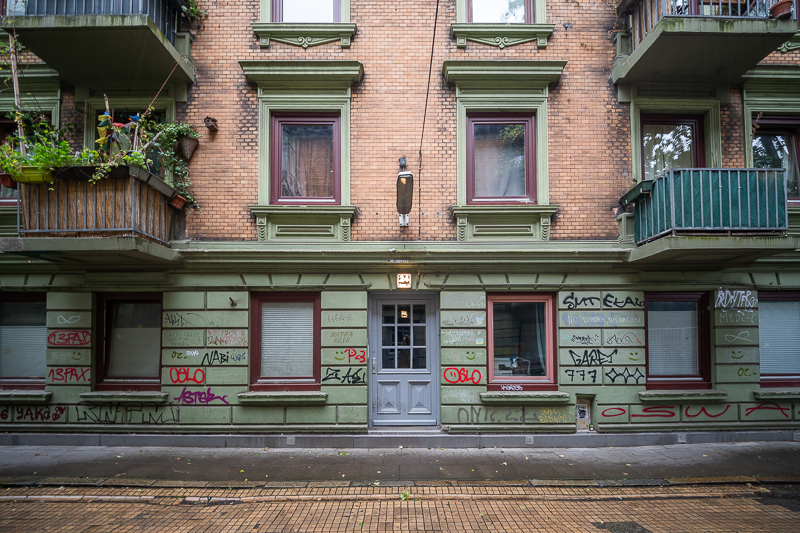



Most of the sample images in this review can be found in full resolution here.
Further Reading
- Guide to 9-18mm Ultra Wide Angle Lenses
- Review: Laowa 9mm 5.6 – The World’s Widest fullframe lens
- Review: Sony FE 12-24mm 2.8 GM
- Review: Sony FE 16mm 1.8 G
- Analogue Adventures
Support Us
Did you find this article useful or just liked reading it? Treat us to a coffee!
![]()
![]()
![]() via Paypal
via Paypal
This site contains affiliate links. If you make a purchase using any of the links marked as affiliate links, I may receive a small commission at no additional cost to you. This helps support the creation of future content.
Latest posts by BastianK (see all)
- Analogue Adventures – Part 46: Fujichrome Provia 400F (expired) - November 19, 2025
- Review: Irix 45mm 1.4 Dragonfly - November 15, 2025
- Review: Nikon 50mm 1.8 Series E - November 12, 2025



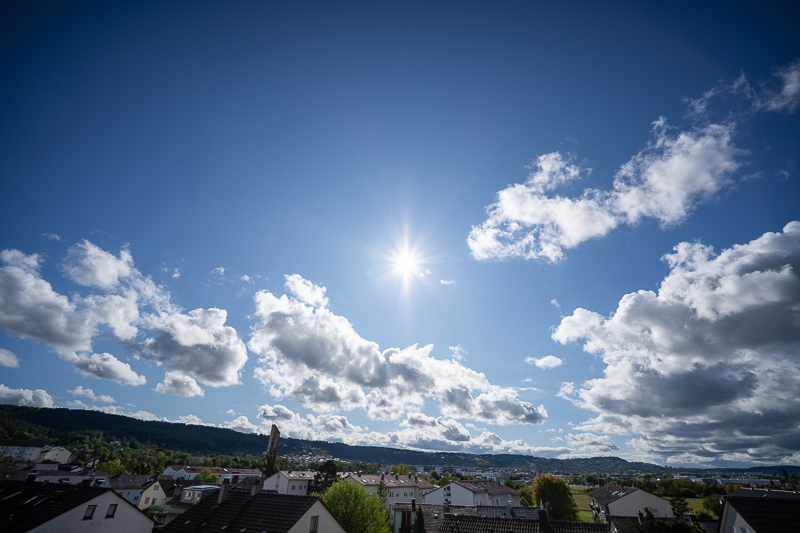
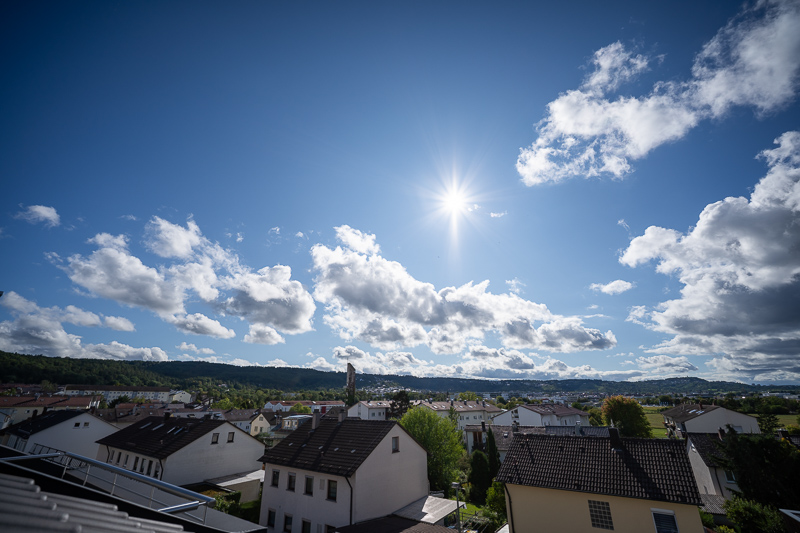
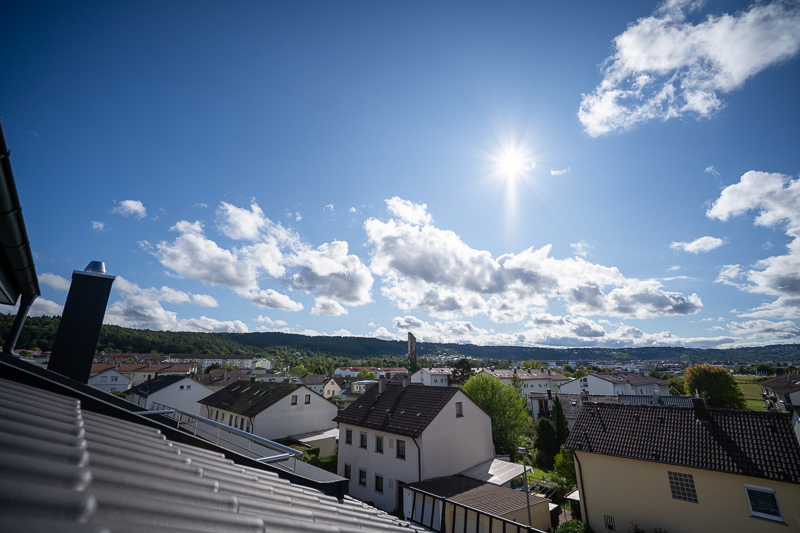
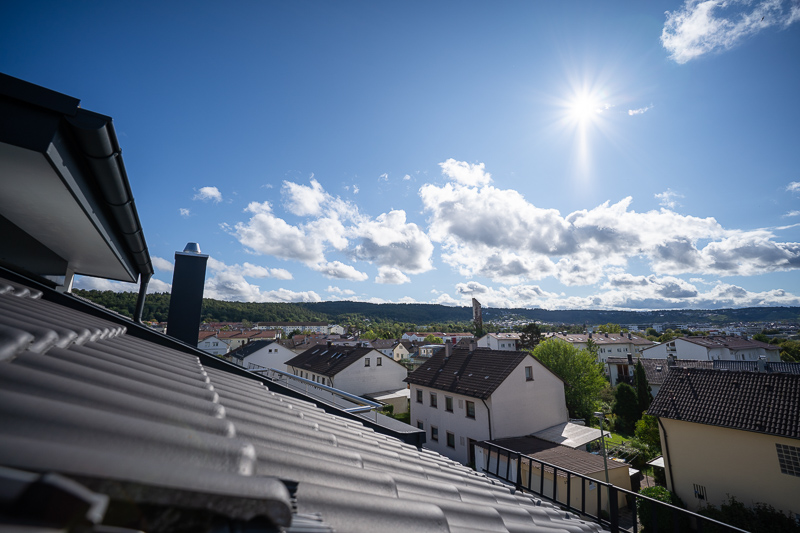
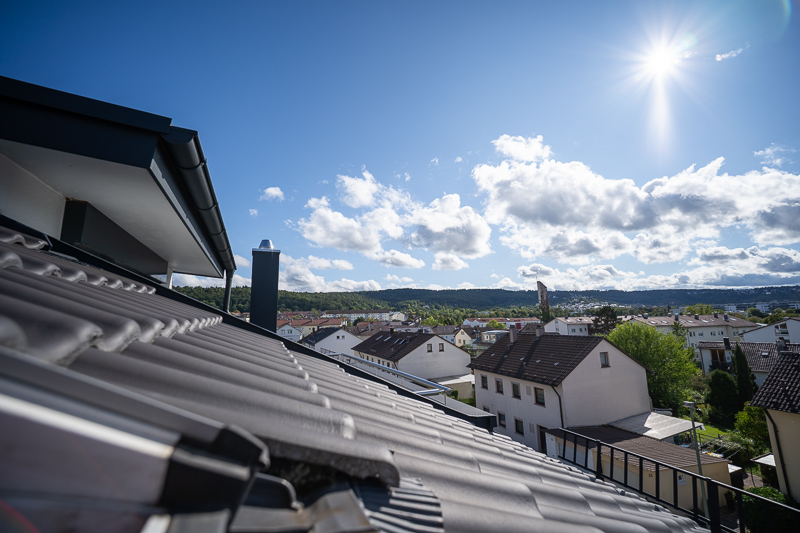
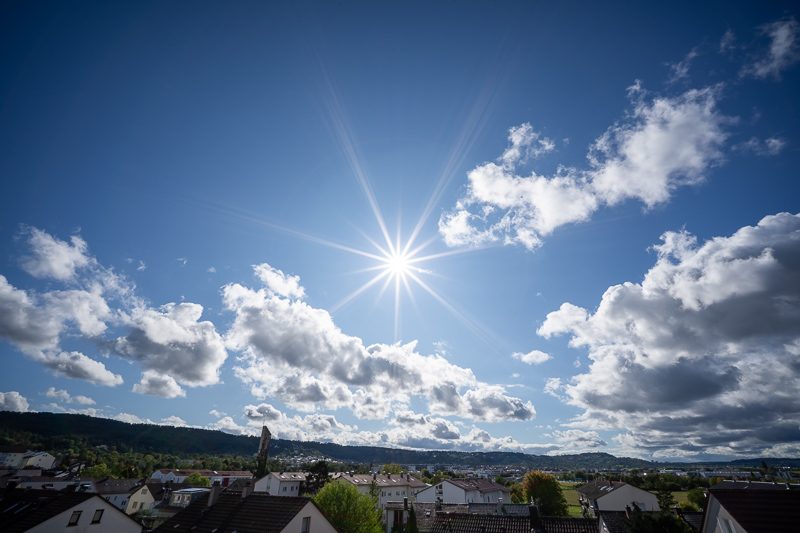
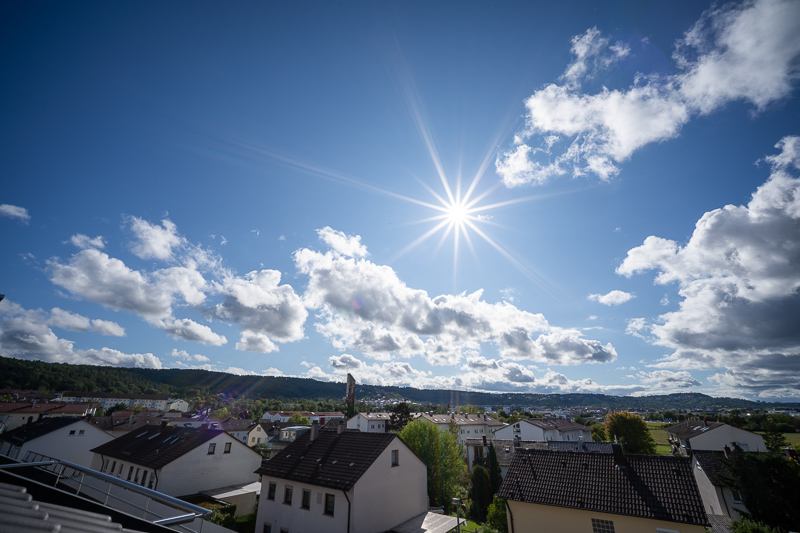
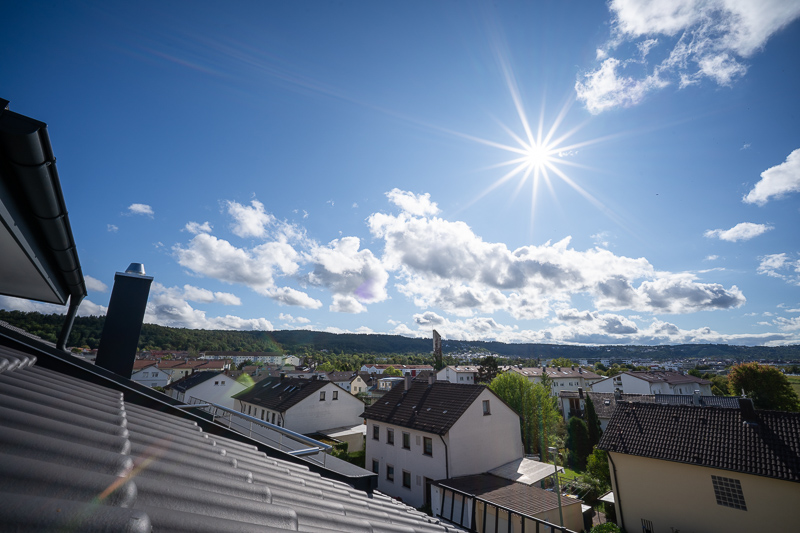
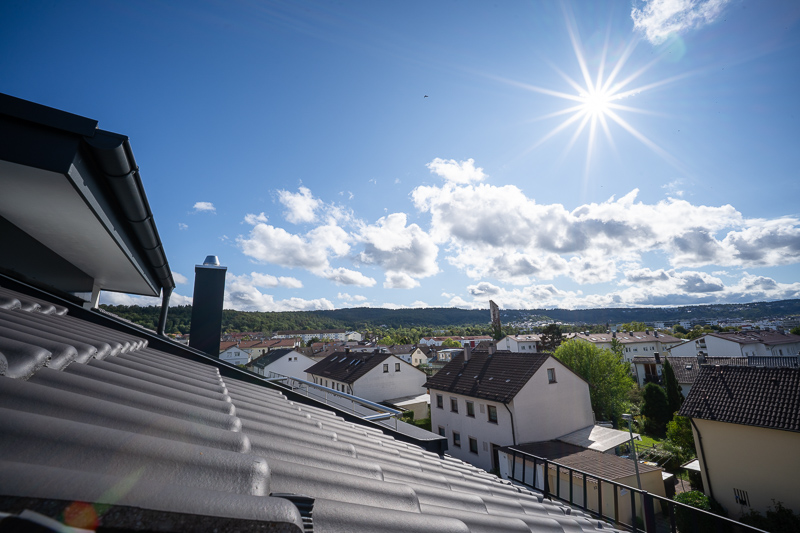
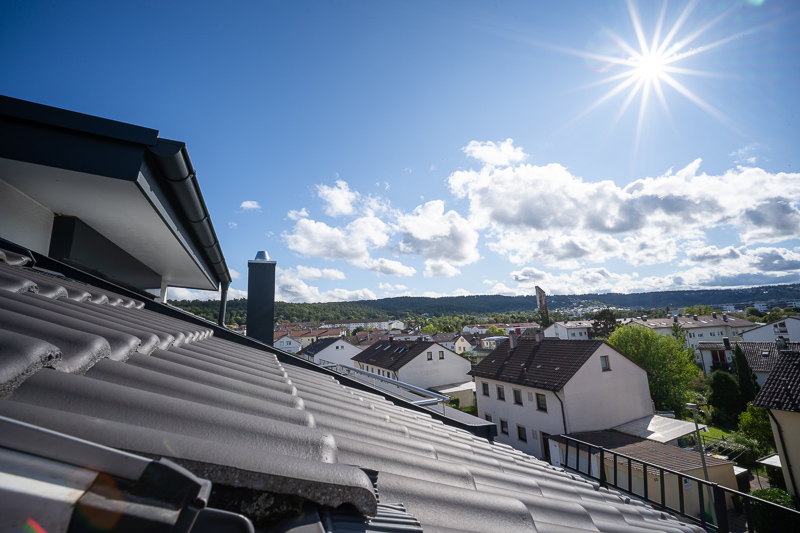


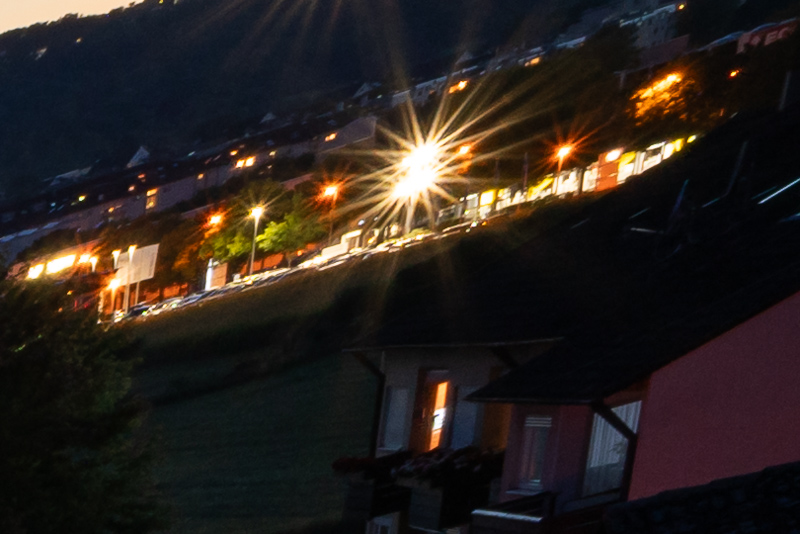
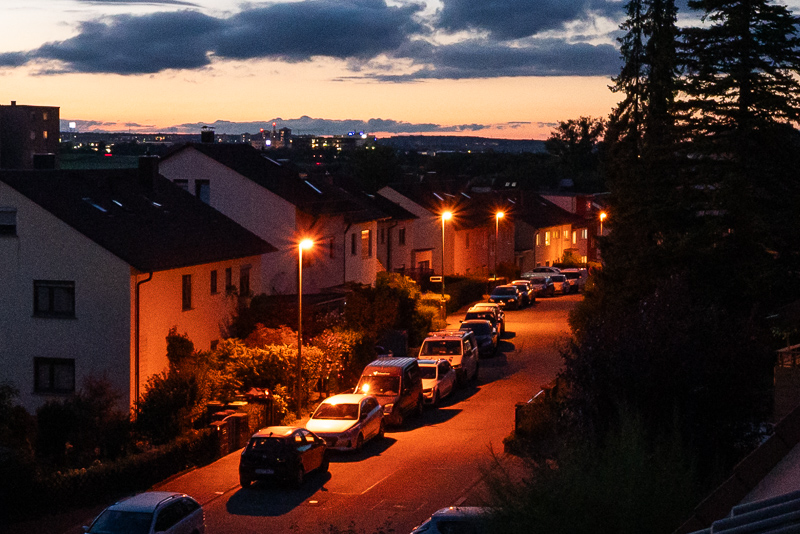
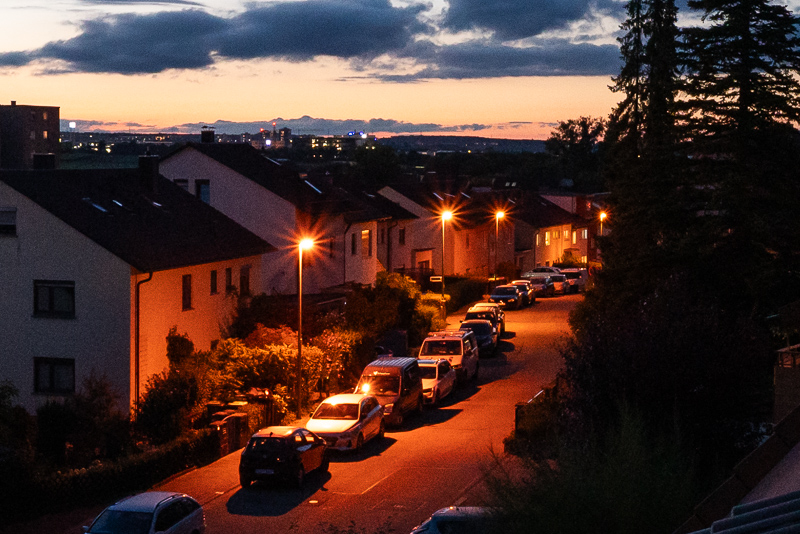
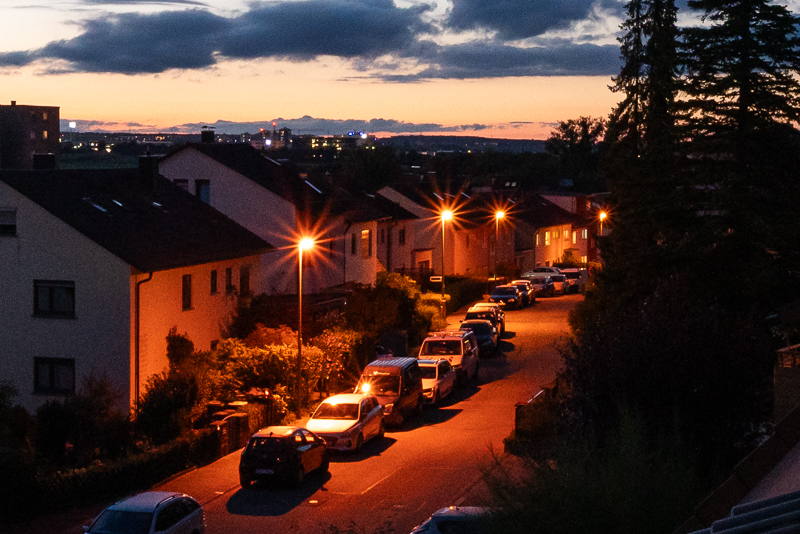
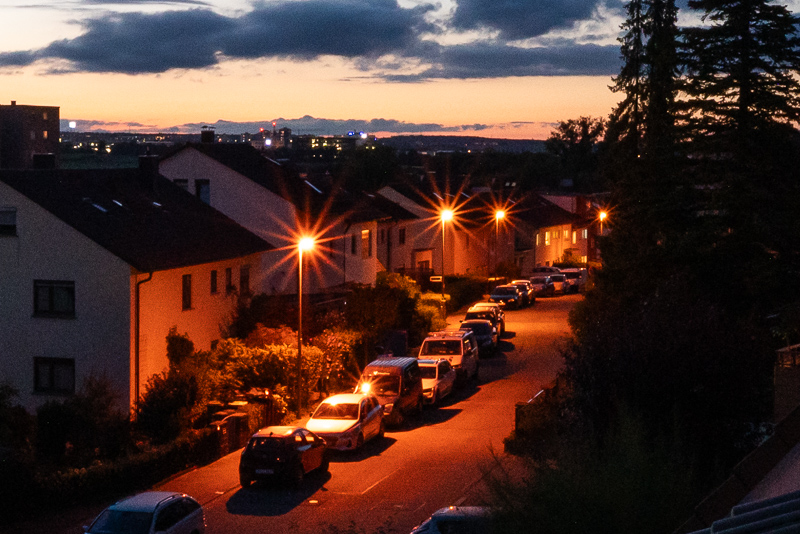
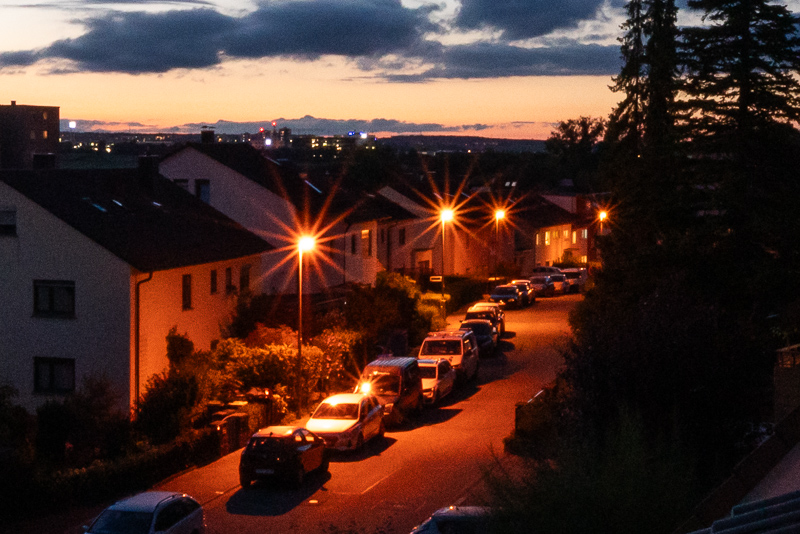
A small FF 14mm lens with 58mm filter threads and this kind of performance? There has to be a catch somewhere, all of that almost sounds to good to be true. 🙂
*sigh* We all remember the times when 14mm lenses were heavy, had bulbous front elements and still had to be stopped down to kingdom come to become sharp. It wasn’t that long ago. 🙂
Well, just have a look at my Nikon AF 14mm 2.8D review 🙂
Ew. I still have the Sigma that I don’t quite know what to do with anymore. I’ve had some fun with it on APS-H cameras, but even there it was iffy around the edges no matter how much I stopped down, and it’s downright dismal on FF.
Fond memories aside, it’s a paperweight now. I hope my Laowa 10mm will be repaired soon~ish, and returns to the fold. If I hadn’t had it, I would’ve pounced on this Viltrox in no time.
Are you sure about the price? A sharp 14mm f/4 lens 166g lens with good flare resistance, nice sun star, AND COST ONLY US$199???? If that’s true I’ll pretend it’s a US$1000 lens, buy 5, and send 4 of my friends a copy each.
Believe me, I was also surprised to see that price tag. Renders a lot of the manual focus no electronic contacts uwa lenses rather useless.
Laowa 14mm f/4 etc., 再見。
Thanks for the prompt review! This is highly likely to be my next lens to buy! Thanks!
The Sony 16/1.8 G is literally the last lens on my wishlist, and I’ll probably still get it for astro… I normally love having the smallest possible option at certain FLs, so I had a passing interest in the Laowa 15/5 Cookie too… But as an overall package, this Viltrox seems really hard to ignore! I think the strong flare handling + AF + MFD has sold me, I’m biting.
The alternatives section seems to have an error btw (maybe it was copy/pasted… or are the FLs deceiving?), for the Laowa 15/5 Cookie it says:
” “The Laowa 15mm 5.0 Cookie is a little slower and a little wider but still the closest competitor. ”
A little wider?
Well spotted!
Nice continuation after very decent 20mm lens (which I own and sometimes use, since it’s really small and lightweight). This one performs even better despite a more challenging focal length, and even the price is similar. That fantastic 16mm is already pretty cheap second hand as well. Viltrox is slowly becoming my favourite company, at least when price/performance ratio is a priority.
They have definitely struck much better balance than the likes of 7Artisans, and even TTArtisan.
I have a funny feeling that their QA is better than Sony’s, with fewer misaligned/less sharp copies.
It would be nice if they plan to design some zoom lenses following similar philosophy.
Ein unerwartet starkes Objektiv und eine gute Option, wenn man was besonders kleines, leichtes für die A7C Modelle sucht.
Aber an der extremen Vignettierung sieht man ja die Schwäche: Es ist einfach zu klein, um richtig gut zu sein, nicht nur in Relation zum Preis. Würde man den Durchmesser der Linsen erhöhen, das Gehäuse etwas wertiger machen und Blendenring und Taster ergänzen, würde man vielleicht bei knapp unter 400g und unter 400€ landen. So ein Objektiv hätte eine andere Zielgruppe, es wäre ein Markt für beide da. Wobei ich es lieber kaufen würde, wenn Samyang drauf stünde, denn dann käme es aus einem demokratischen Land und man würde nicht die chinesische Diktatur stützen.
Was bei Viltrox immernoch problematisch ist, ist die Unterstützung durch die Software. Für das sehr populäre 20mm f2.8 fehlt zB ein Korrekturprofil für DXO PhotoLab. Das hat auch eine relativ komplexe Verzeichnung, die man nicht mal eben händisch korrigieren kann, sie ist sogar ausgeprägter, als beim 14mm.
Samyang recently put out a 16/2.8 at around $400, not much heavier but larger than this 14/4, no aperture ring but you do get weather sealing. I’m not sure vignetting is any better, or that making it much larger would actually help… Viltrox’s own 16/1.8 is quite a bit larger and still has 2.2 EV worth of it to this 14/4’s 2.7…
I think the 14/4 has probably earned it’s place here:
https://phillipreeve.net/blog/the-best-fullframe-lenses-from-china/
It does, I just need to find the time to update that article 🙂
Guck mal nach dem Pergear 14mm/2,8.
500g schwer und (abgeblendet) mit etwas weniger Vignette — allerdings rein manuell.
Hier getestet.
( Und auch von Dustin Abbott, er misst dafür auch weniger Verzerrung.)
Thank you, Bastian. Looks like a great lens. It would be interesting to see a comparison with the TTartisan 14 mm f/2.8 ASPH, with a similar price tag. I could trade autofocus for better light, if optically both these lenses are on the same level. Is there any chance for review?
You sold me. Ordered from link (B&H) and patiently waiting.
Thank you very much for the review, Bastian! Impressive performance and results for such a tiny and cheap lens. And unlike many small manual ultra-wide lenses from the last 10 years even the corners offer satisfying resolution. Some years ago, I would not have thought that this was possible, at least not with AF lenses. I consider to buy one, as a small and capable stopgap for walks etc. when I do not expect to need any ultra-wide angle lens, but still stumble over a scenery which requires a wide field of view.
I was also surprised!
Seem safe to say that unless you *really* need the extra stop, this is better than all the other manual focus alternatives?
Yeah I think so. Some of the f/2.8 alternatives also have higher vignetting, so it is debatable how much that extra stop is actually worth.
Consider DOF for a 14mm lens on FF.
Is eyeballing distance good enough?
A 50-60 Mpx FF sensor has a pixel pitch of 0.004mm,
Let the circle of diffusion be just one pixel wide, 0.004mm.
Then for F/4 we have a DOF of
1.7 – 2.4 m @ 2m,
2.5 – 4 m @ 3m,
3 – 6 m @ 4m.
4 – 12 m @ 6m,
6m – inf. @ 12m.
Which is also the DOF at F/2.8 for a 25Mpx sensor.
For a sudden unexpected situation of course AF could save the photo.
But on the other hand, presetting distance by eyeball is even faster and saves most situations.
( And, of course, a one-button AF/MF switch would give both.)
Please put this lens on the list : https://phillipreeve.net/blog/lenses/sony-fe-lenses/
and dissapprove this comment. Always thank you for good review
I was just going to comment how great your example photos were but then I saw the price for this lens and while I just dropped $300 for a D700 and Nikkor 28-200, I might also need this lens!
I’m looking at pairing a small 14 or 16mm for astro photography with my 20-70 while backpacking. Wondering if this would do well with(or even without?) the MoveShootMove nomad compared to just using a faster lens like the 14 or 16. I really like the size and price, especially as the Sony lenses have increased in price and I don’t shoot astro that much.
A faster lens like the Sony FE 16mm 1.8 G is much better suited to this task because it makes framing much easier.
If you use a tracker (and you know how to set it up) you should also be fine with this 14mm 4.0 Viltrox lens.
Thank you once again Bastian!
Does anybody else experiences the issue of the Viltrox App not yet recognising the 14 mm lens. It might be that the lens has not been included in the App’s database yet or is it my 14 mm lens?
This lens has very tight filter thickness tolerance. Using conventional filter will cause dark corner. Even with 3.3mm KNF filter it will cause some noticeable(when testing) vignetting.
I wonder if it would be better to use a step-up ring with a larger filter to reduce risk of vignetting?
I just tested vignetting with step-up ring. Fortunately, 58mm to 82mm ring itself does not introduce additional vignetting. But when i attached 82mm protector filter with 3.5mm thickness it showed very slight dark corners(ignorable). Avoid thick filters then you should be fine.
Hmm, would 58->67mm be alright (with thin B+W filters) or would that still not be much better than no step-up?
I dont’t recommend 67mm step-up since i already saw very slight(not noticeable) vignetting with 82mm filter.. One good news is 58mm filter with 2.5mm thickness has almost same vignetting figure.
My recommendation
Use 58mm 2.5mm slim UV for protection
Use 58-82 step-up ring for slim NDs
Dont use thick 82mm filters
Thanks for the review. I see that Amazon US has this lens on sale for Prime Days. Just $159. And $799 for the nice 35mm f/1.2 LAB, which seems like a steal.